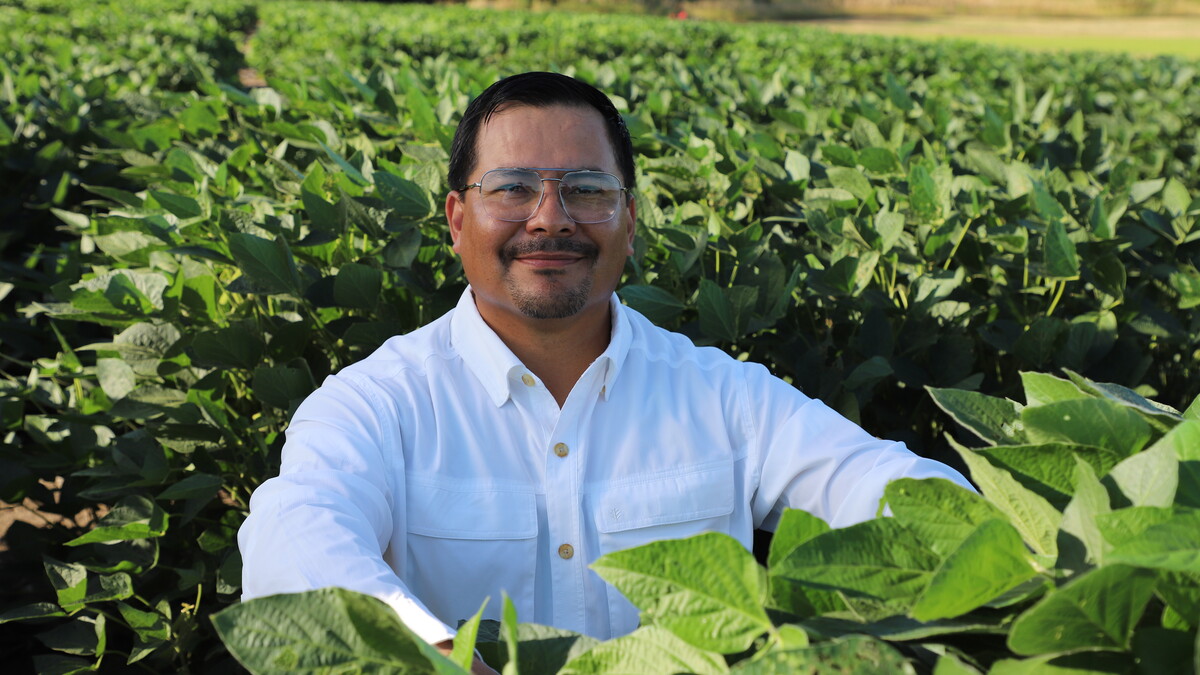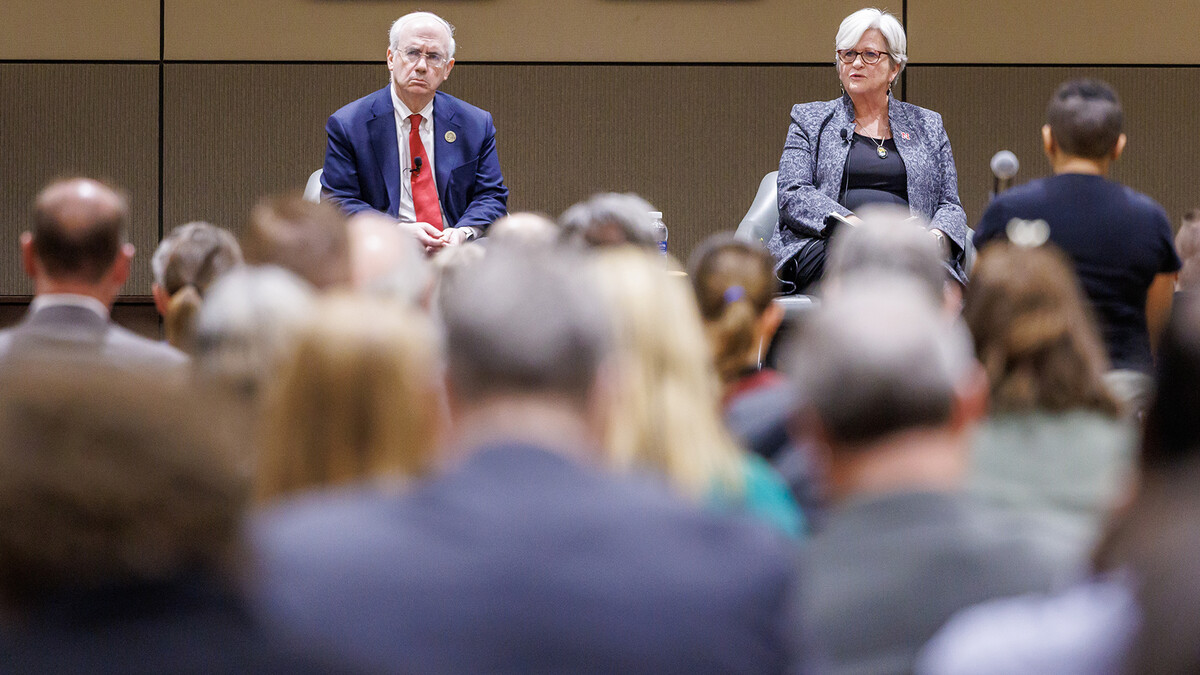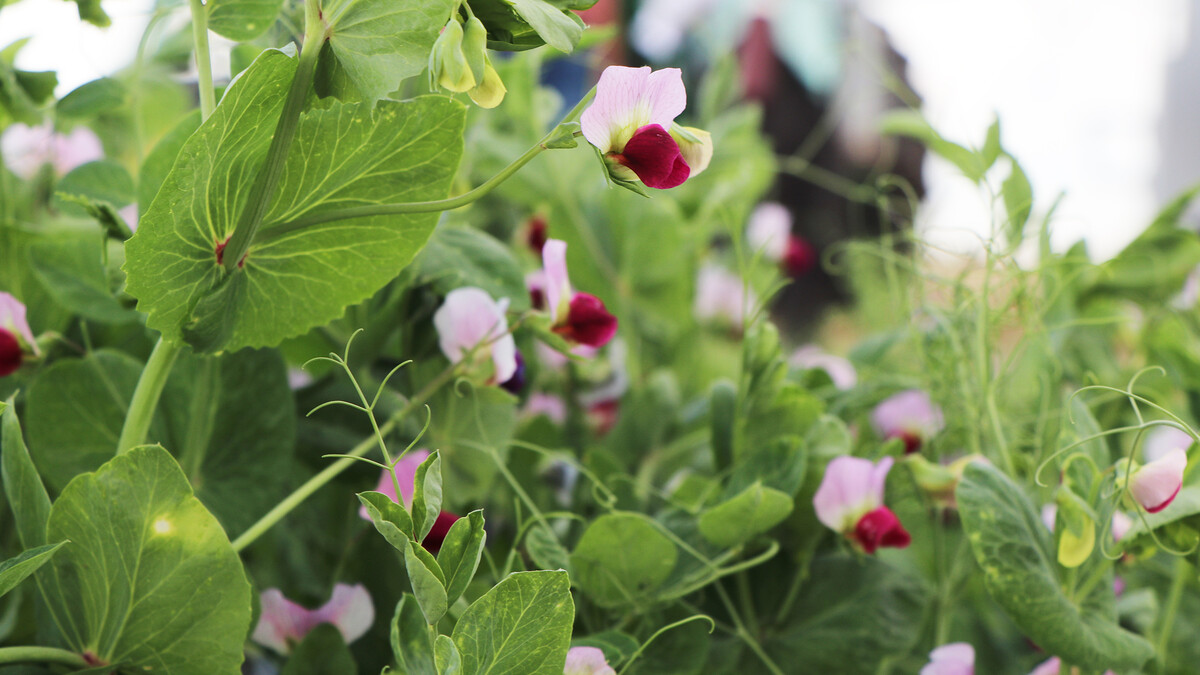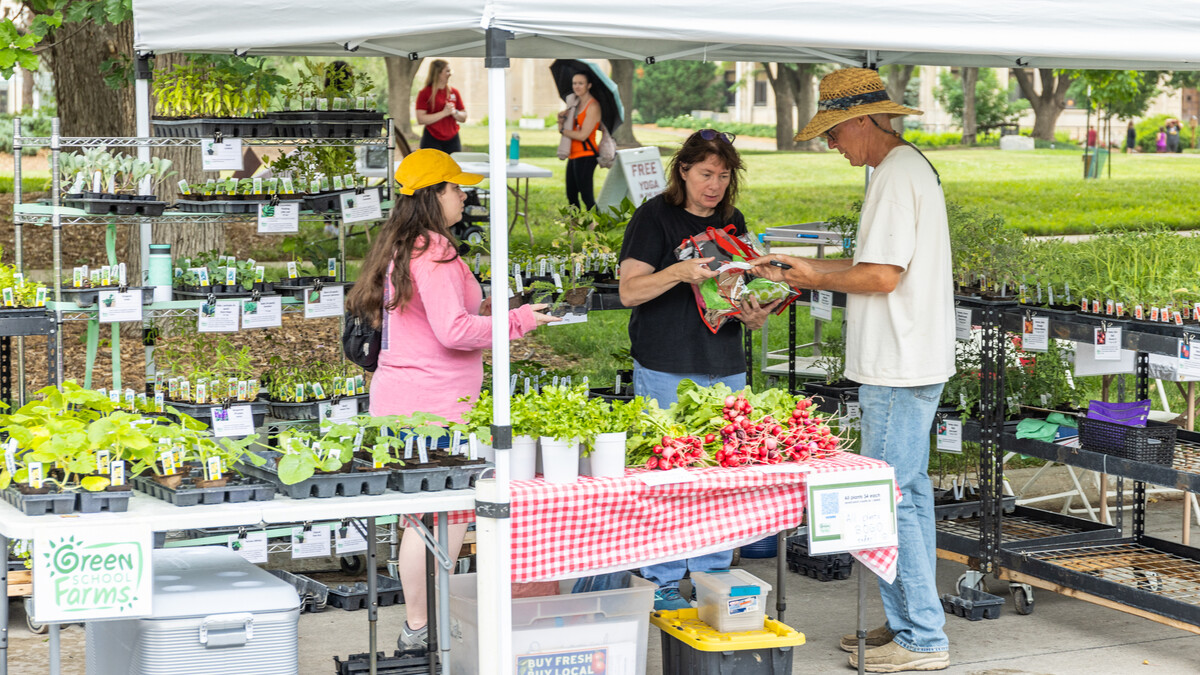April 12, 2013
LINCOLN, Neb. — The time has come to get vegetable gardens ready for planting, and the ongoing drought could mean more work to prepare soil.
Thorough and even soil moisture could make all the difference in a successful garden. University of Nebraska-Lincoln Extension educator David Lott recommends testing the soil and maximizing water transport to ensure that the soil will yield healthy crops.
"When we think of vegetable crops, we have critical periods that we have to have adequate moisture," he said. "So we have to be thinking about a two to three week period before harvest and then right at harvest."
This time is critical for plant and vegetable crop development and maturity, Lott said. If the soil moisture is inadequate, produce may not develop correctly or uniformly. Expected size, uniformity and taste may not be achieved. In some cases, inadequate moisture can lead to the drop of blossoms and early developing produce.
Before making any changes, gardeners can test the moisture in their soil with spades, screwdrivers, rebar or other similar items. Insert the item into the soil and mark the level at which it hits dry soil. If the ground is moisturized at a minimum of six inches deep, it should be ready for planting. Lott said that moisture at levels as deep as one foot would be even better in most soils.
"People think they'll just let the water run everywhere for a few minutes and they're good," Lott said. "But the big thing is infiltration level."
Lott said it is crucial to get moisture moving through garden soils, particularly following a year as dry as 2012. Sandy soils or clay do not transport water efficiently, so gardeners should incorporate some organic matter such as compost or decomposed hay or straw with a spade or potato fork. In clay soils, adding this material will break up the soil's density and increase drainage. It will also increase the water holding capacity of sandy soils.
Consistent and even watering is also key to healthy vegetables. Too much variation in soil moisture throughout the garden can result in disease like blossom end rot in tomatoes. Refer to NebGuide G1752, "Blossom End Rot in Tomatoes," available at a local UNL Extension office or online, for more information on preventing this disease.
For soil that is sufficiently saturated, mulch or row covers can cut down on weed pressure and moisture loss. Gardeners should also pay attention to the spacing of their plants.
"We want to maximize growth but also have a decent plant canopy because that will reduce soil temperature and moisture loss," Lott said.
Recommended spacing for lettuce, for example, is 10 to 14 inches within a row and 16 to 24 inches between rows. For potatoes it is six to 12 inches within a row and 30 to 42 inches between rows. Lott suggests referring to "Knott's Handbook for Vegetable Growers" by Donald Maynard and George Hochmuth for spacing recommendations.
David LottExtension Educator
308-696-6781
david.lott@unl.edu
Kristina Jackson
Student Writer
IANR News Service
Sandi Karstens
IANR News Service
402-472-3030
skarstens2@unl.edu
This content requires Flash Download the free Flash Player now! //







